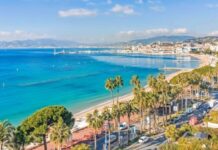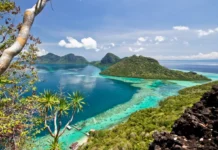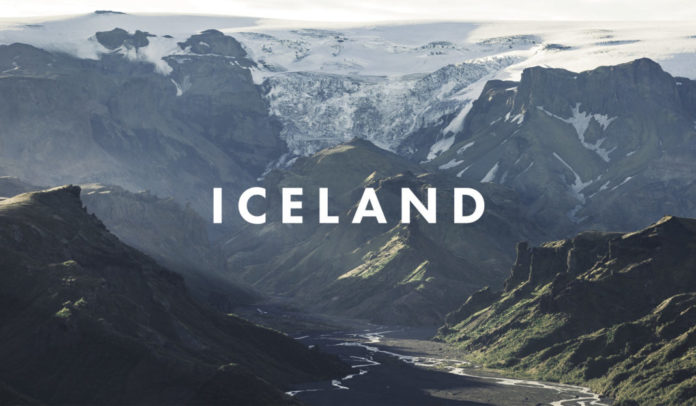
Why visit Iceland
Iceland is a stunning island. There’s so much packed in such a small space. The scenery is so diverse that once you start driving around, you find it hard to believe that you’re still on the same island. Volcanos, plains, mountains, black sand beaches, glaciers, and thermal pools – you’ll see it all. Also, thanks to such diverse scenery, you have a plethora of activities to choose from. One day you can go horse riding or hiking, and another day you can go swimming or walk on the glacier. Some of the most beautiful natural pools can be found in Landmannalaugar, a natural reserve in the highlands.
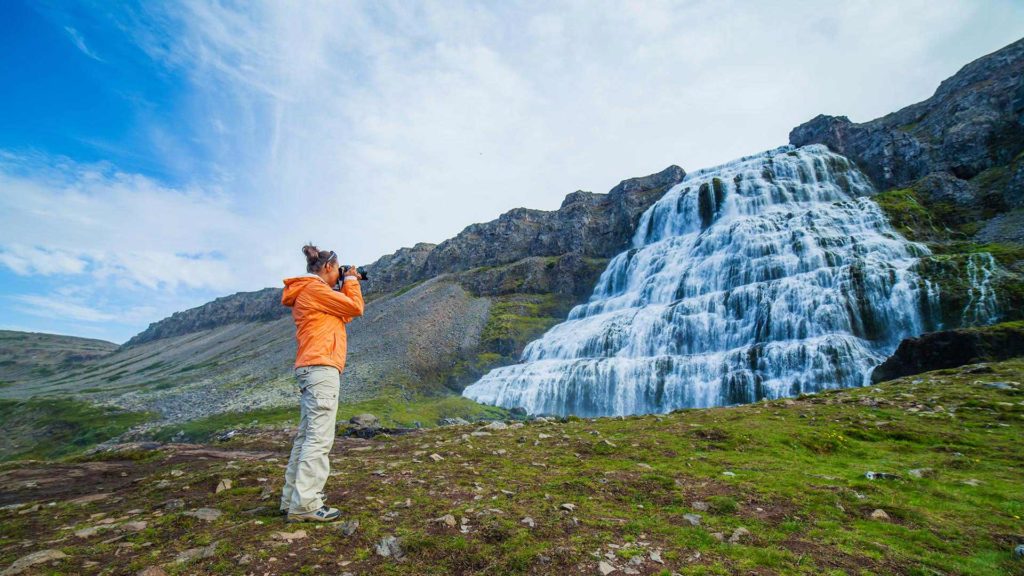
Jökulsárlón is a stunning, large, glacial lake and one of the main attractions in Iceland.
Not only will you be able to see dozens of wonderful lakes and waterfalls, but you’d get a chance to try a very intriguing and different Icelandic cuisine. You can try outstanding lamb and seafood dishes that are all prepared with fresh, locally sourced ingredients. There are many exceptional restaurants serving fantastic food and you can’t leave disappointed.
When should you visit?
The truth is, Iceland is gorgeous all year long and since there’s always something to do, you can’t make a mistake. Every season and every month have their perks.
If you want good weather and don’t mind the crowds, late spring and early fall would be good. If you wish to see the best of geysers, waterfalls, and volcanos, the end of May until mid-June would be perfect. It could be crowded, but the roads leading you to all of the stunning places won’t be impassable. September is also a good time to visit and perhaps even avoid crowds.
If you’re interested in booking some of the popular Iceland tours, you can learn more from here.
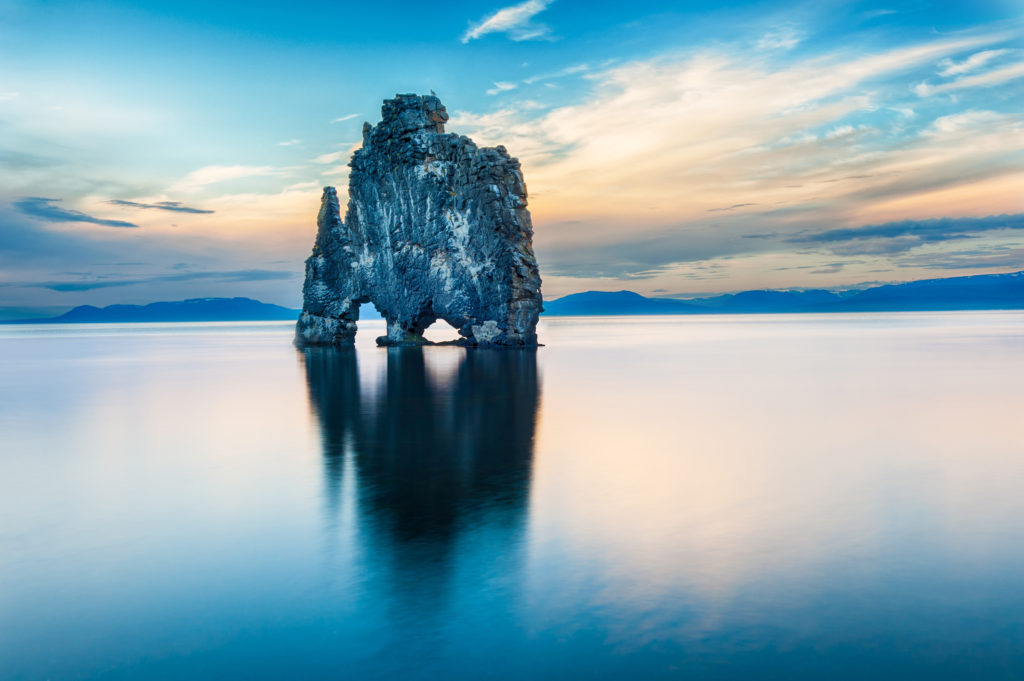
If you’re into whale watching, plan your vacation anywhere from April to October. However, the peak season, when you can expect the biggest crowds are June, July, and August. The tours start from Reykjavik, Vestmannaeyjar islands, Husavik, Akureyri and Dalvik. You can still go whale watching during winter months, but your plans will mostly depend on whether there’s a storm coming or not.
The Northern lights are a spectacular phenomenon that you can experience in Iceland. In order not to miss them, you should plan your trip for winter months, anywhere between late September and late March. There isn’t much light pollution there which makes it a perfect place for watching the aurora borealis. You need a cold, dark, clear night for the best experience. Warmer weather often comes with precipitation or clouds. There isn’t much rain during October and November making these months the best for catching the northern lights.
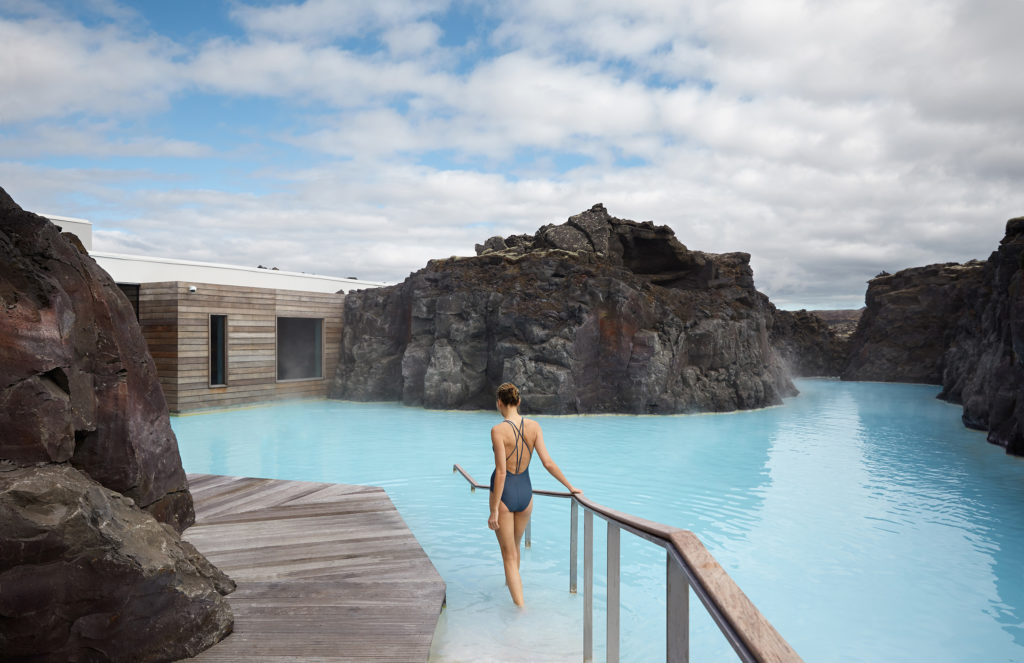
Spring, on the other hand, is the time of the year when the prices are lowest, days are longer, the snow is melting, but expect rain and wind. Fleece jacket and a rain jacket are a must-have during spring months. This is the perfect time of the year for photography enthusiasts and observing the adorable puffins that are returning to the island. There are even puffin watching tours that will help you meet the puffins in their natural habitat. Horseback riding and kayaking are also very popular Spring activities.

